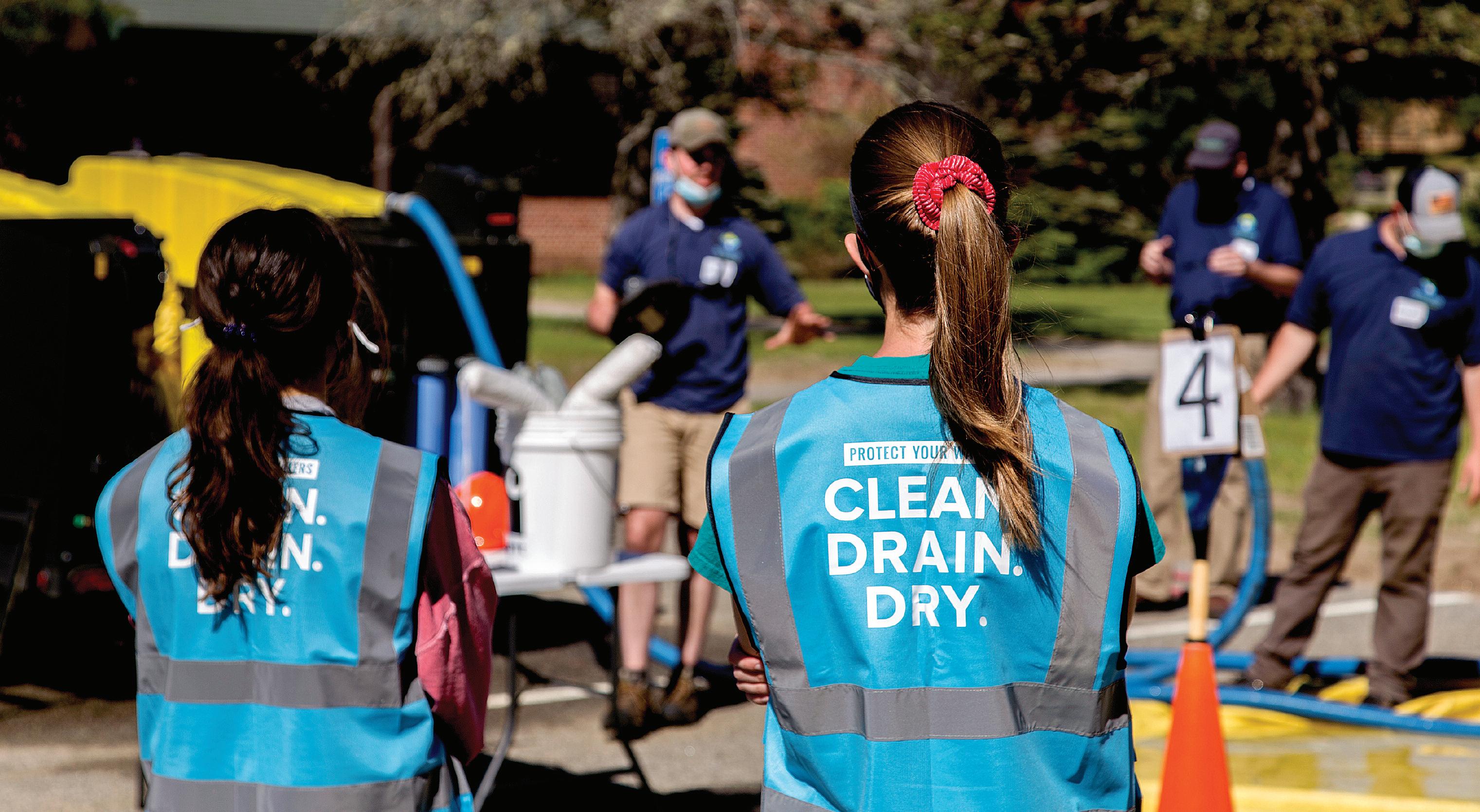(PROVIDED PHOTOS — SPENCER MORRISSEY)
Outdoor tips
Essentials of bushwhacking By SPENCER MORRISSEY
Adirondack bushwhacking offers great potential to those willing to put for the extra effort. When exploring off trail, you have the chance of wildlife experiences, solitude, unique views and seeing what only a handful of people get to see — if anyone at all. With the Adirondack Park being more than 6 million acres in size, you can only imagine the potential for hiking if one was to explore outside of the contour lines. There are thousands of mountains and bodies of water to be experienced, but only a fraction of them are available by means of a trail. However, before you decide to venture off in the forest, here are some essentials of bushwhacking you may want to consider. Bushwhacking should not be taken lightly and should only be considered by those with experience in GPS use and/or a map and compass class. Navigation is essential for a fun and safe time exploring between to contour lines. 14
Bushwhacking also has inherent dangers not seen on most hikes where trails are involved. Some of these include, but are not limited to, getting lost, thick undergrowth, blowdown, injuries, confrontation with hunters, and extended time for rescue and location in the case of an emergency. Bushwhacking has become a much more interesting and admired pastime. The Adirondack 100 Highest has become popular as well, where a large majority of the peaks are truly trailless. But don’t let the pressures of trying something new and exciting glaze over common sense. Do your homework, ask questions, be prepared, have a game plan and an emergency plan, proper gear and, most of all tell, someone where you are going. Gear associated with bushwhacking is like that of any day hike or overnight excursion but should also include a couple more items that might not always be in your pack.
EMBARK ~ Get Up, Get Out
Continued on page 15 Summer 2021









